Samsung Galaxy S8 vs Samsung Galaxy S7: here's what's upgraded
How does Samsung's new flagship compare to its old one?
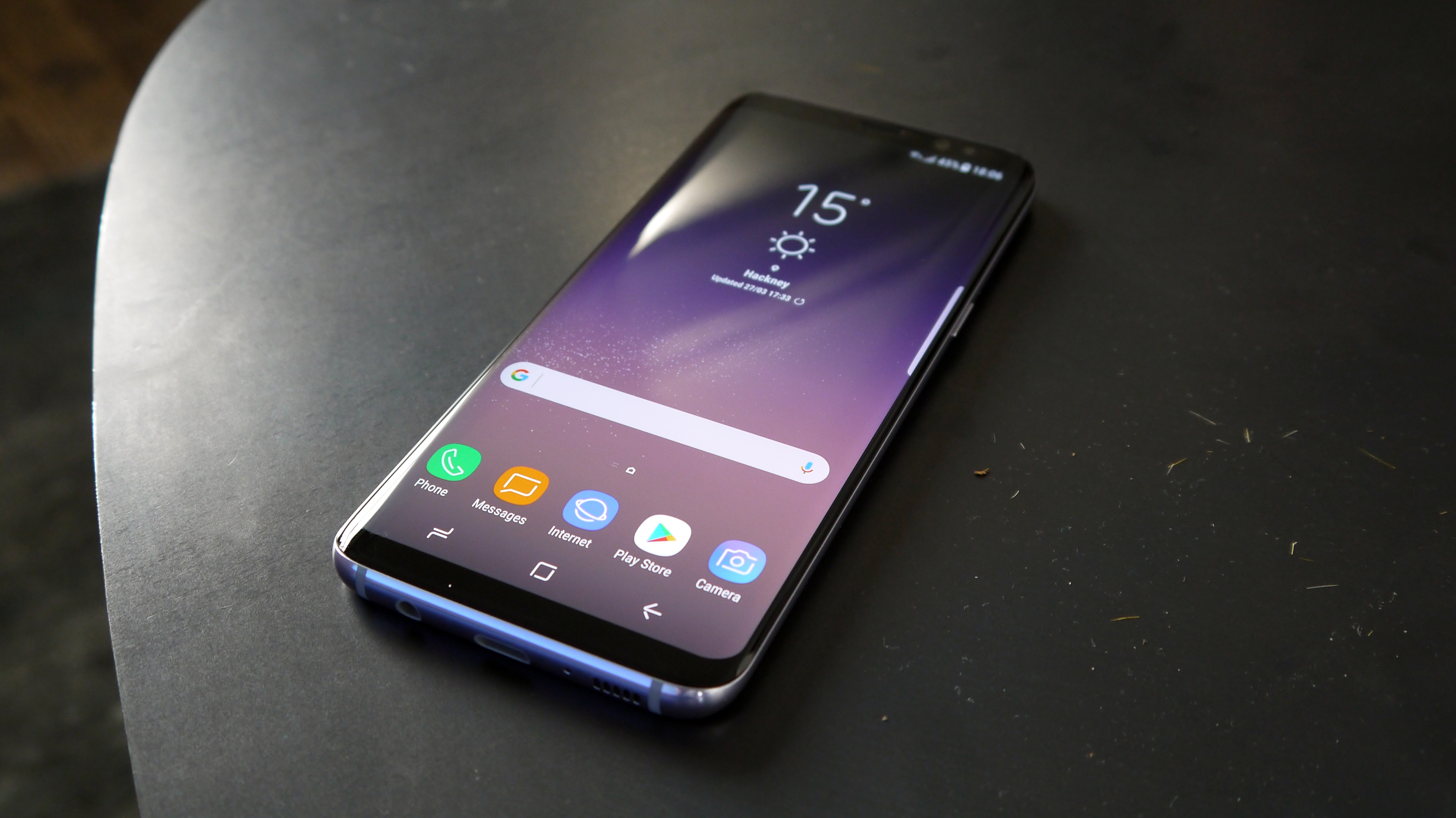
The Samsung Galaxy S8 is finally here and we've tested it out enough to give it a full review. But how does it compare to last year's best phone?
It's got a big screen, plenty of power and a refined design among other things, enough to top the Samsung Galaxy S7. But is it really all that much better?
We've answered that below, with a comprehensive rundown of the similarities and differences between Samsung's new flagship and its old one across all the key categories, from design and screen, to camera, power, battery life and more.
So read on to find out whether you should invest in a glistening new Galaxy S8 or would be better off sticking with the cheaper Galaxy S7.
Design
The design of the Samsung Galaxy S8 isn't enormously different from the Galaxy S7, with both phones sporting a metal frame and a glass back.
But the S8 is longer than – though not quite as wide as – the Galaxy S7, with dimensions of 148.90 x 68 x 8mm, to the Samsung Galaxy S7’s 142.4 x 69.6 x 7.9mm.
The Samsung Galaxy S8 also looks quite different from the front, as unlike the S7 it doesn’t have a home button beneath the screen, with the fingerprint scanner instead moved to the back, where it sits alongside the camera.
Get daily insight, inspiration and deals in your inbox
Sign up for breaking news, reviews, opinion, top tech deals, and more.
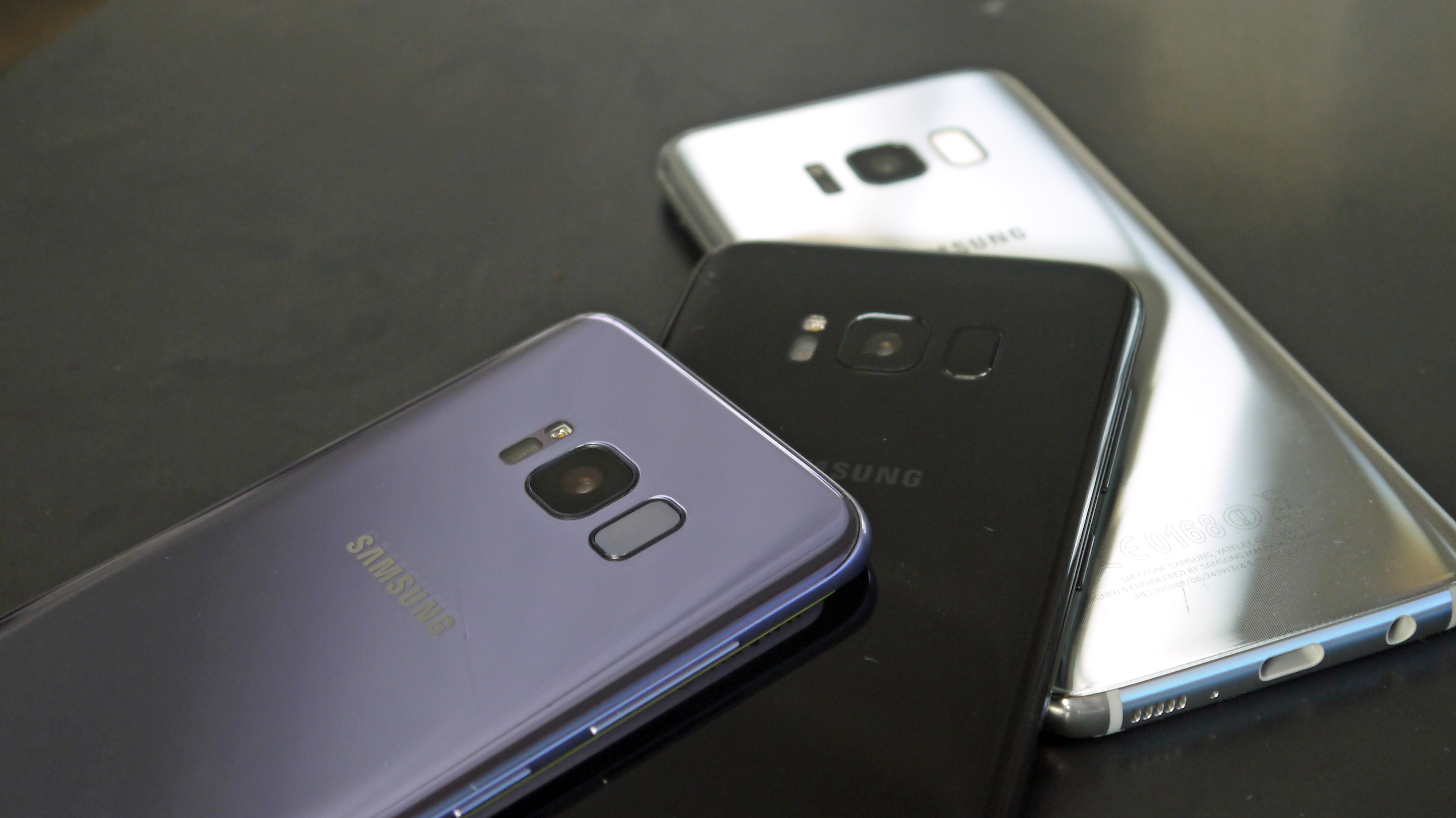
The S8 also has tiny bezels above and below the screen, for a more 'all-screen' look than the S7.
One thing that’s not changed though is water and dust resistance. Both the Galaxy S8 and Galaxy S7 are IP68 certified, meaning they can be submerged up to 1.5 meters deep for up to 30 minutes.
Overall then, the Galaxy S8 has an impressive design, especially when viewed from the front, but one that’s recognizably an evolution of the Samsung Galaxy S7.
Screen
It’s (almost) all change here, with the Galaxy S8 trading the S7’s 5.1-inch flat screen for a 5.8-inch curved one.
But despite the screen being significantly larger, the overall footprint of the S8 is only slightly bigger, as the fingerprint scanner has been moved to the back and the bezels have been shrunk to almost non-existence.
That means the S8 feels more like a normal phone than a phablet despite the gargantuan screen.
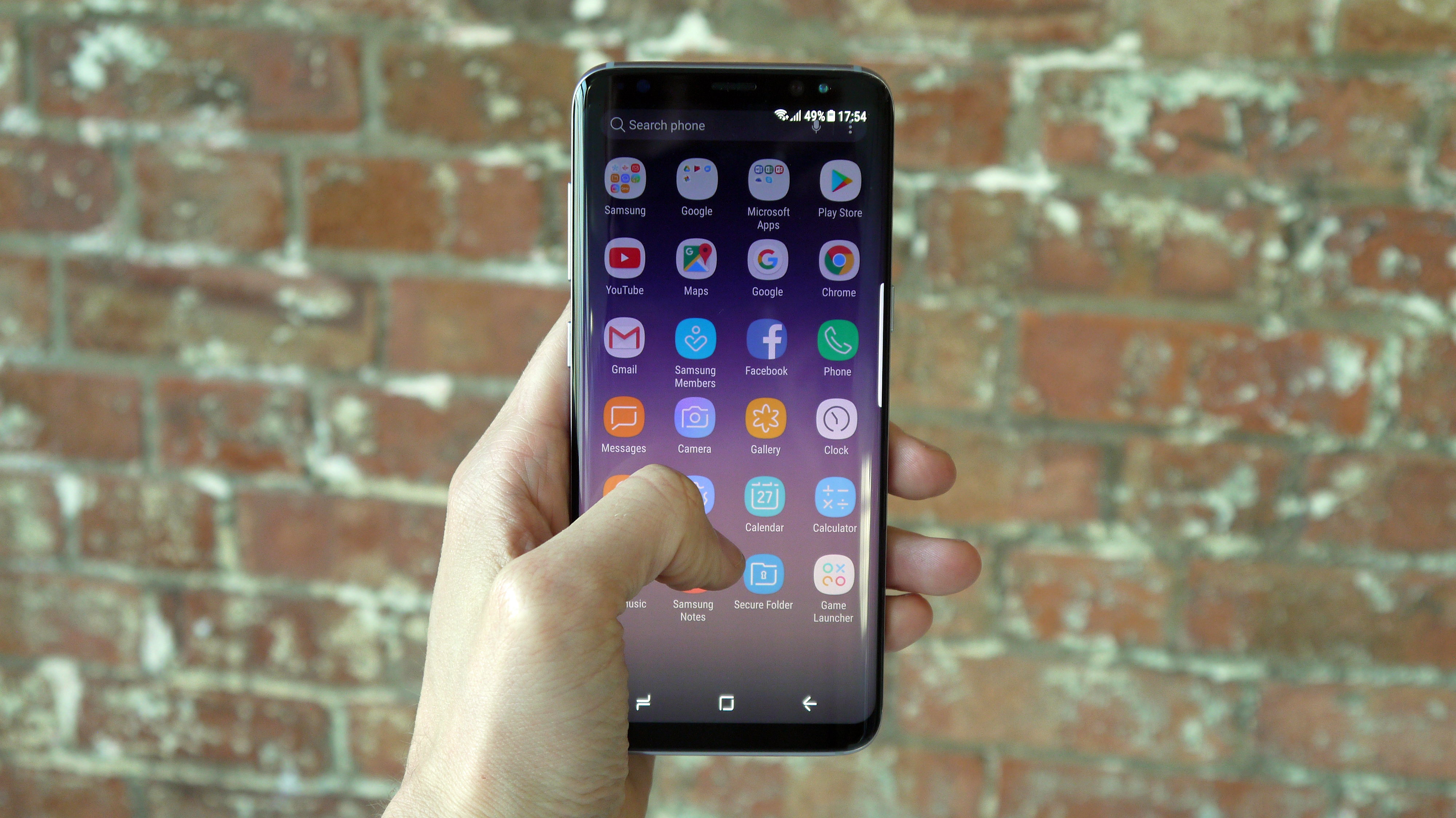
The resolution of the S8’s screen has been upgraded too, with a 1,440 x 2,960 QHD+ resolution in place of the Samsung Galaxy S7’s 1,440 x 2,560 QHD option.
Given the extra width over its predecessor, the S8’s screen isn't that much sharper, but it stands out in other ways, with a super-widescreen 18.5:9 aspect ratio similar to the LG G6.
It’s also following in the Note 7’s footsteps in supporting HDR content, which the Samsung Galaxy S7 doesn’t. The only thing that has stayed the same is the technology used, with both phones having Super AMOLED displays, capable of delivering punchy, vivid colors.
OS and power
Both phones run Android of course, and while the Galaxy S8 is launching with Android Nougat, the Galaxy S7 can now be updated to that. As such, there isn't a huge difference on the OS front.
As for power, there's a significant upgrade there, but no more than the typical yearly power boosts you’d expect to get.
The Samsung Galaxy S7 has 4GB of RAM and either an octa-core Exynos 8890 chipset (in Europe) or a quad-core Snapdragon 820 one (in the US), both of which were among the most powerful mobile chipsets in 2016.
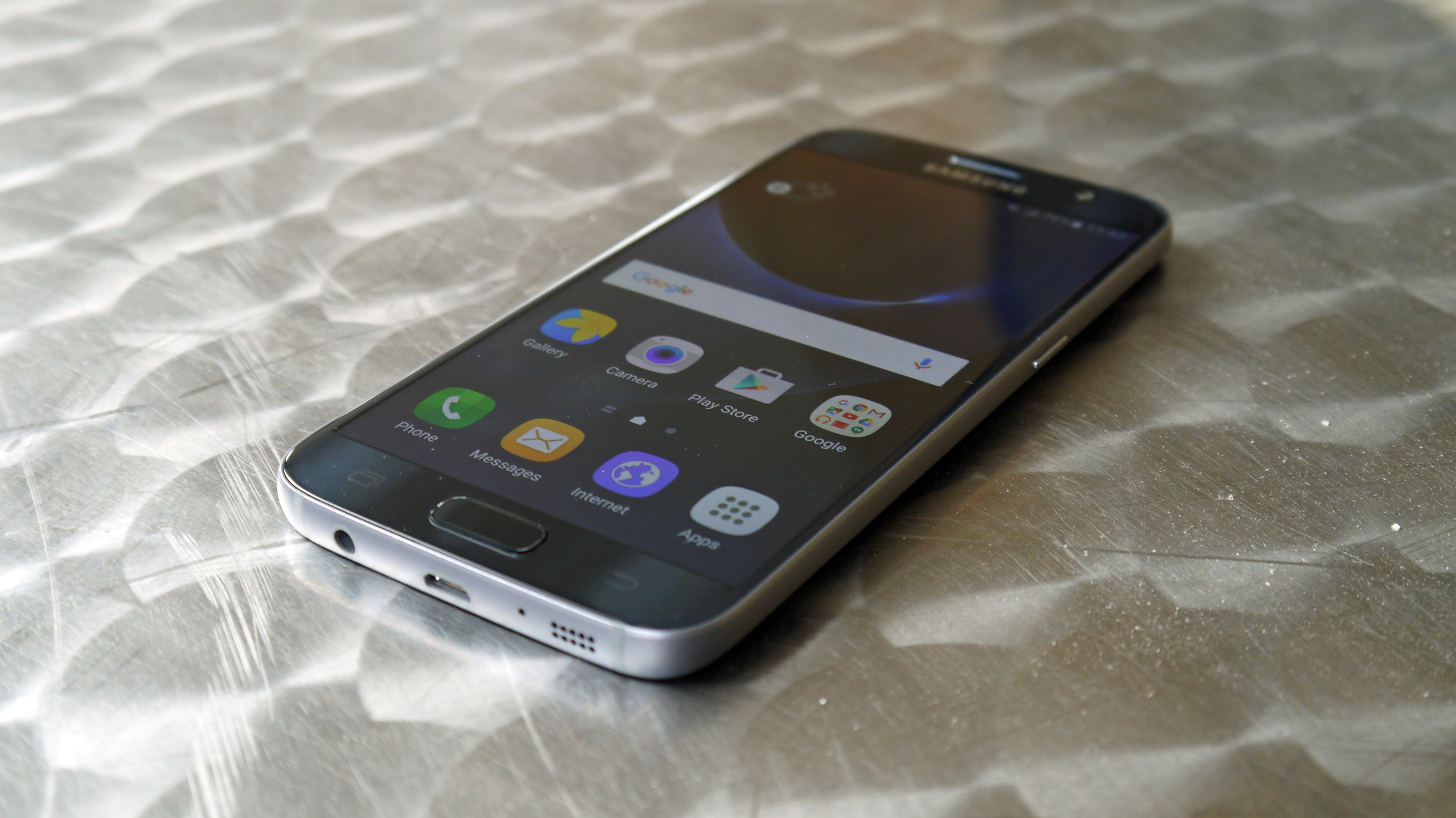
The Samsung Galaxy S8 meanwhile is sticking with 4GB of RAM and has an octa-core chipset clocked at up to 2.35GHz. Samsung hasn't confirmed which chip it's using, but we're expecting an Exynos 8895 chip in Europe, and a Snapdragon 835 one in the US, each of which is the next generation of the chips the S7 used.
Given that the Galaxy S7 already offers almost flawlessly snappy performance these probably won't make a hugely noticeable difference, especially as they have a bigger screen to drive, but we wouldn’t be surprised if app load times are slightly faster, screen response time under the finger better and games look slightly better - we'll be sure to let you know in our full Galaxy S8 review.
These chips are more power efficient too, which could help the battery last longer.
Camera
The camera on the S8 is one of the smallest upgrades over the S7, as it has just a single-lens 12MP snapper – just like the Samsung Galaxy S7.
Even the aperture hasn't changed, coming in at f/1.7 again. The software (and therefore the potential quality of images) are better this time around though, and as we've experience in camera tests in our review.
It has better video OIS, brighter low-light photos and crisper selfies than last year's all-around best smartphone. It's a jump, but not a leap in quality.
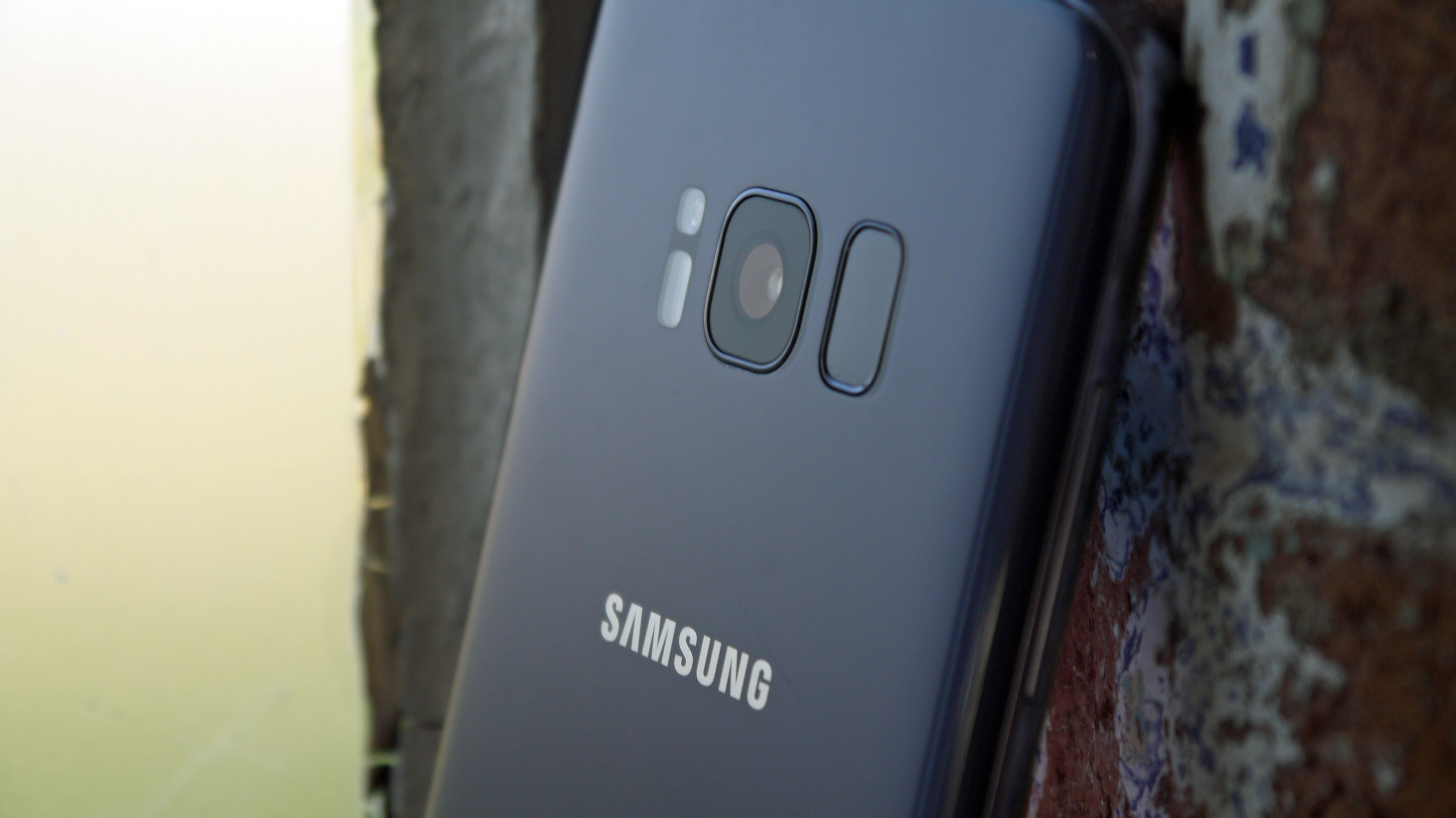
The front-facing camera has at least got more of an update on the S8, with an 8MP sensor in place of the Samsung Galaxy S7’s 5MP one.
This change is welcome, as the Samsung Galaxy S7’s front-facing camera is solid but unexceptional, though how much impact the change in megapixels will have is also uncertain for now.
Battery
The Samsung Galaxy S8 has a 3,000mAh battery. That’s exactly the same size as the Samsung Galaxy S7’s and a bit of a worry, since it needs to power a much larger screen with more pixels.
On the other hand, the chipsets used by the Samsung Galaxy S8 are more power efficient, so there’s a possibility that it will balance out, but this is one thing you’ll definitely want to check up on when we’ve put the S8 through a full review.
Fast charging is included at least, but it's also present in the Samsung Galaxy S7.
However the S8 has made the move to USB Type-C, so, while you might need to invest in some new cables, you’ll at least be able to plug them in either way around.
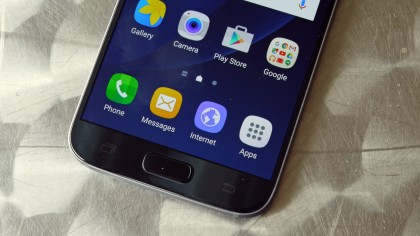
Price
Samsung costs more than you actually want to pay, but that's what you get for being an early adopter. It's $729, £689 and AU$1,199 this time around.
2016's Galaxy S7 started at £569/AU$1149 (around $750) SIM-free, and can now be found from roughly £450/$670/AU$900.
Takeaway
On paper the Samsung Galaxy S8 sounds like a huge improvement on the Samsung Galaxy S7 in some areas, with the screen being the real highlight.
It’s a lot bigger, without making the phone itself massive, and with a new aspect ratio and HDR support it's a genuinely different experience to use.
Elsewhere, the design has been refined and there's quite a lot more power in the Galaxy S8.
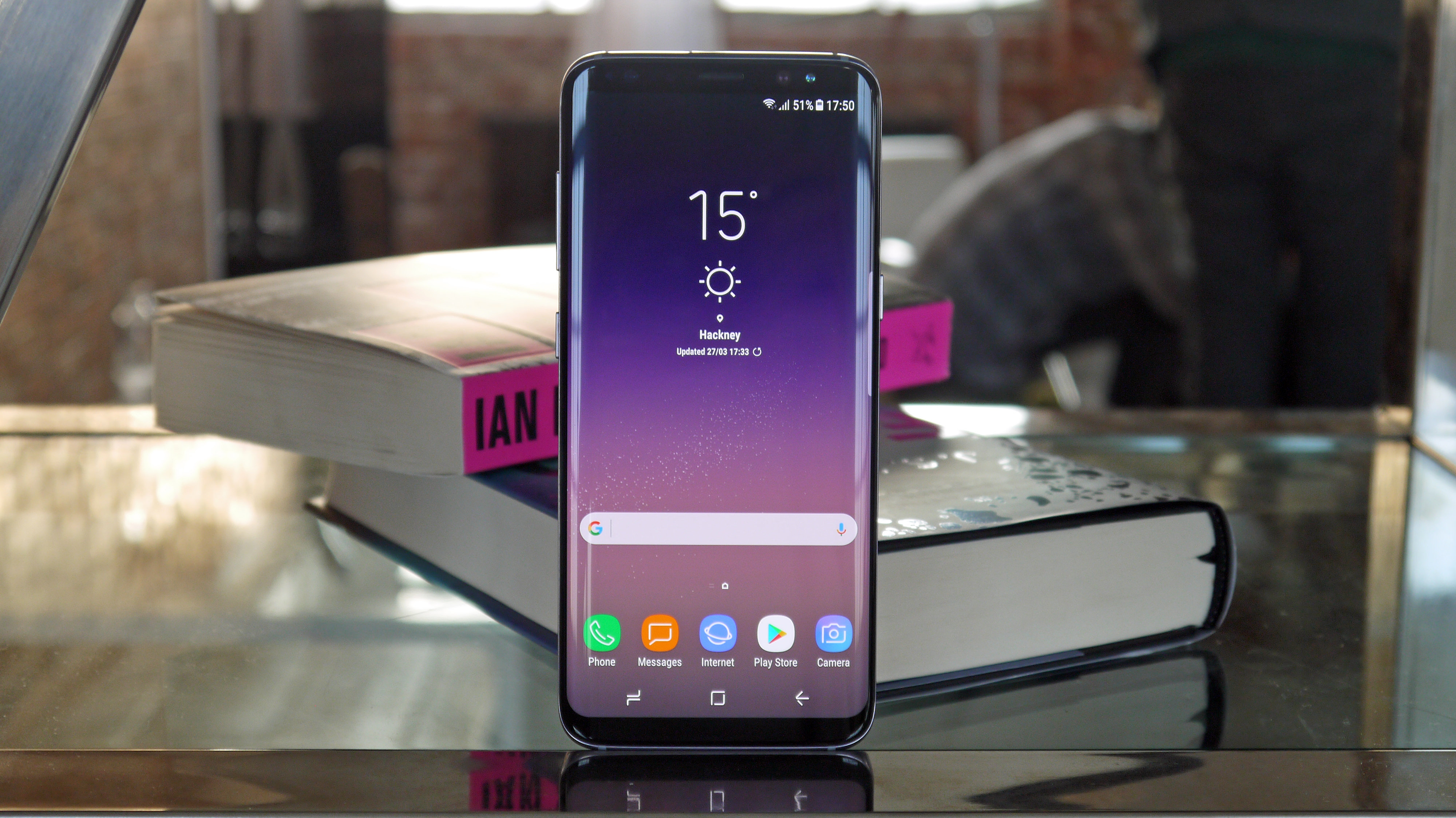
On the other hand, the camera hasn't changed much and the battery doesn't see a major improvement in 14 months time. Plus, the fingerprint scanner being moved to the back probably won’t please everyone – though the addition of an iris scanner will give you another security option.
Still, the S8 sounds like a real crowd-pleaser overall, but if you want to save some money the Galaxy S7 is still a top phone too.
- Want something bigger? Check out the Samsung Galaxy S8 Plus.
James is a freelance phones, tablets and wearables writer and sub-editor at TechRadar. He has a love for everything ‘smart’, from watches to lights, and can often be found arguing with AI assistants or drowning in the latest apps. James also contributes to 3G.co.uk, 4G.co.uk and 5G.co.uk and has written for T3, Digital Camera World, Clarity Media and others, with work on the web, in print and on TV.